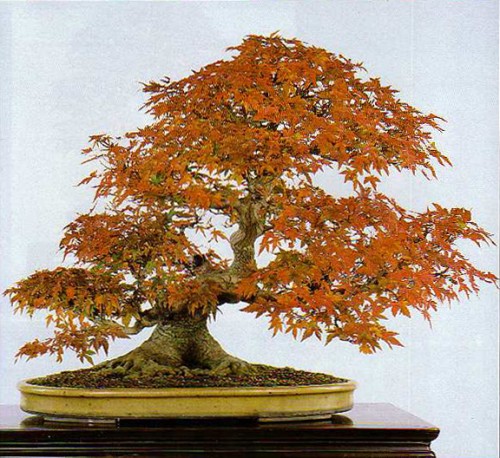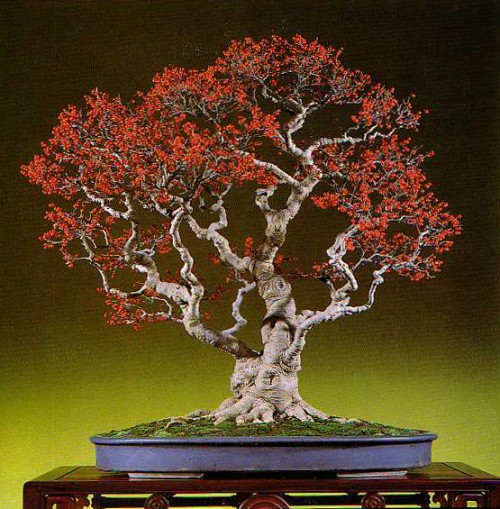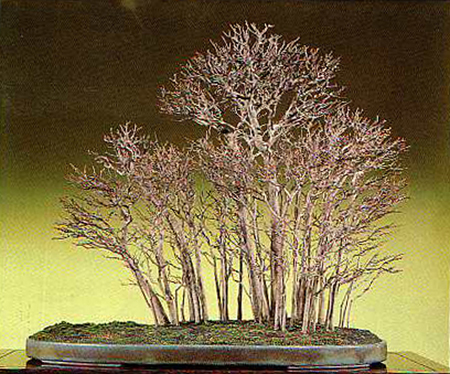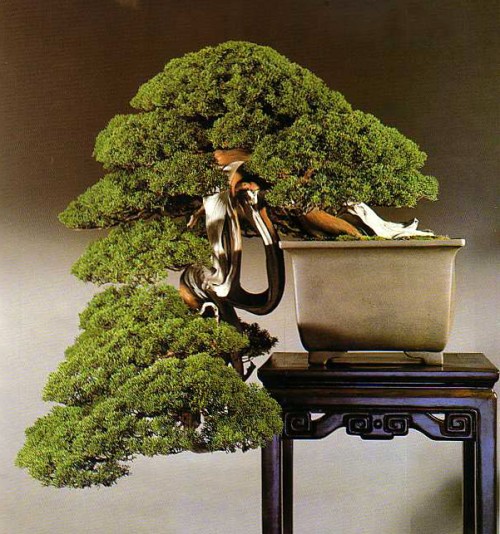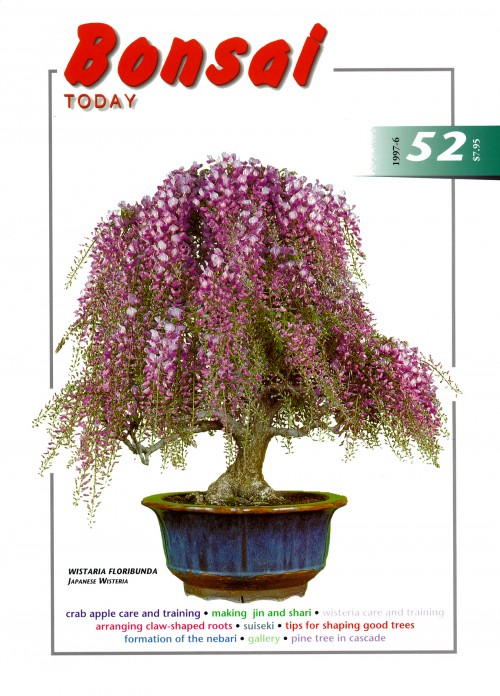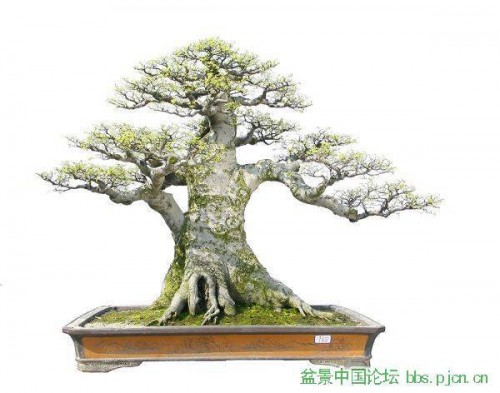
I’m guessing this impressive tree is a Chinese elm. Whatever it is, it displays much of what you’d look for in a bonsai: power, refinement, balance, excellent ramification, attractive pot, even some imperfection. I’d also venture that it’s definitely not Japanese. It’s from Rawe Laranta Ramook Bonsai.
It’s Penjing, but is it Chinese?
A couple posts ago Robert Steven offered us a lesson in the five schools of Chinese Penjing. I’m pretty sure Robert would include this tree in that vast and varied grouping, even if it’s not from China (I don’t know where it’s from). Though Robert (and others) are clear that Penjing is Chinese, I imagine he is saying that the art is Chinese in origin (much like Bonsai is Japanese in origin), not that all trees you’d call penjing are from China.
Baobob and that sculptural look
This tree looks a bit like a Baobob with its short fat trunk. Or maybe just a very foreshortened (you could say compressed) old deciduous tree that you might find standing alone in a field somewhere (if it were in a forest, you would expect it to be taller and narrower). In either case it has what you might call a sculptural look that is common in some penjing. It’s a look that seems to be more concerned with capturing the essence of a tree rather than just a scaled-down rendition of a full sized tree.
Make your bonsai feel like a tree
John Naka is famous for saying “don’t make your tree look like a bonsai, make you bonsai look like a tree.” In the case of this tree, and other penjing, you might say: don’t make your tree feel like a bonsai, make your bonsai feel like a tree.
This part is boring, even a little embarrassing, but definitely necessary
Our Holiday Sale ends Thursday. There are plenty of great deals. In fact, almost everything is discounted. Even double discounted. Your part of the deal is to buy something. Our part is to send it out to you immediately (there’s still time). And to keep Bonsai Bark posts flowing.

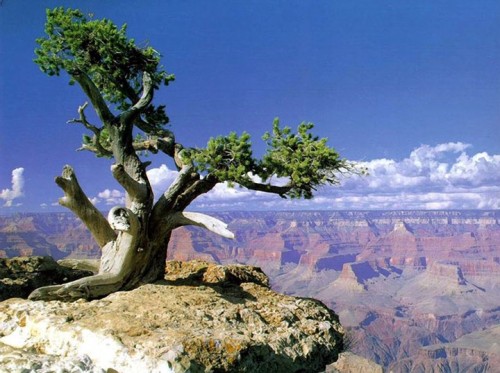
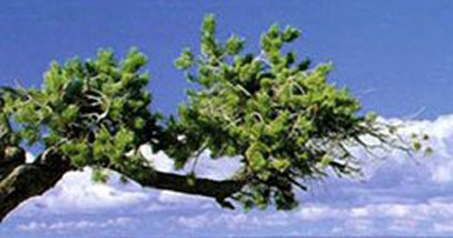
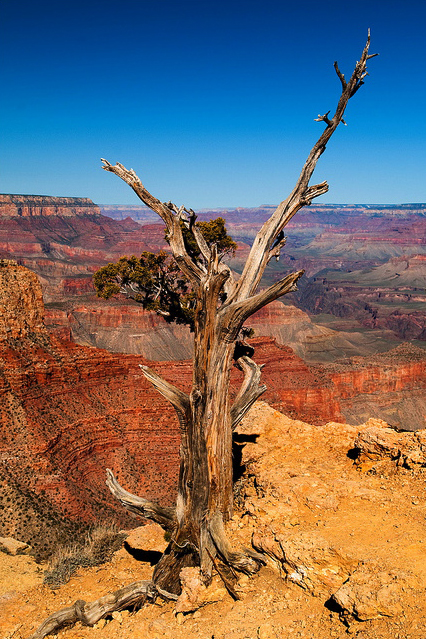
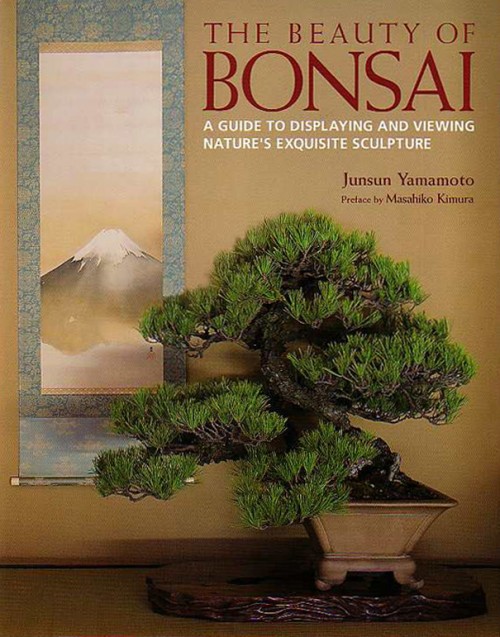
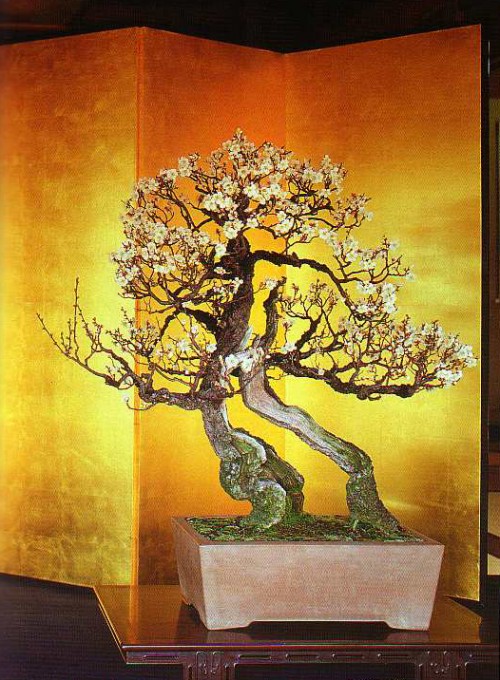
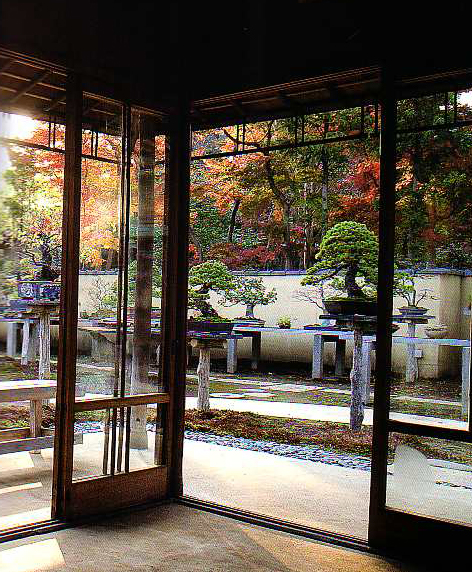
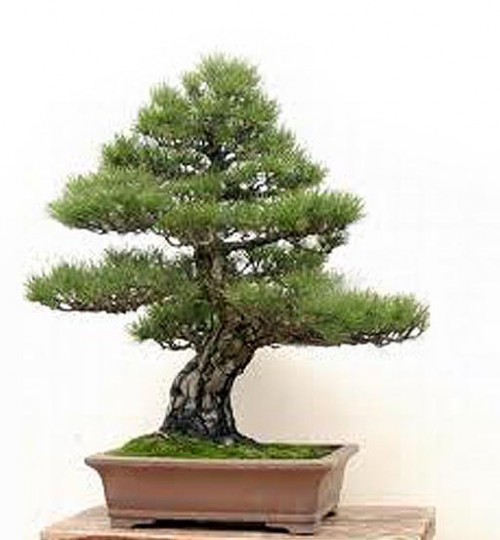
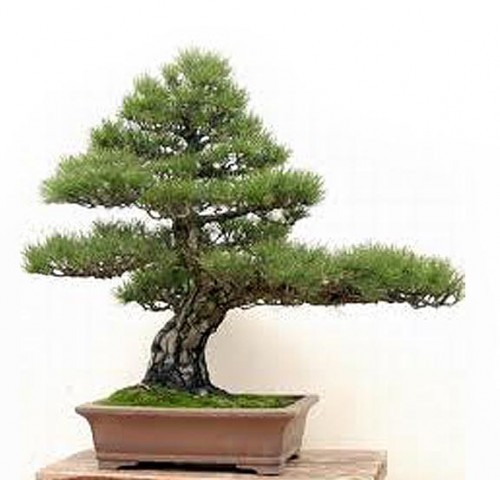
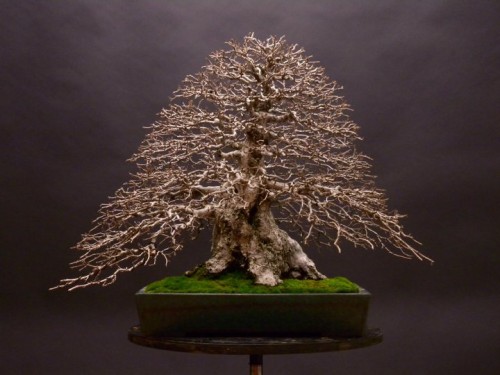
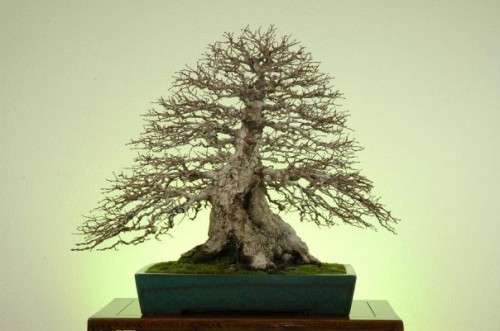
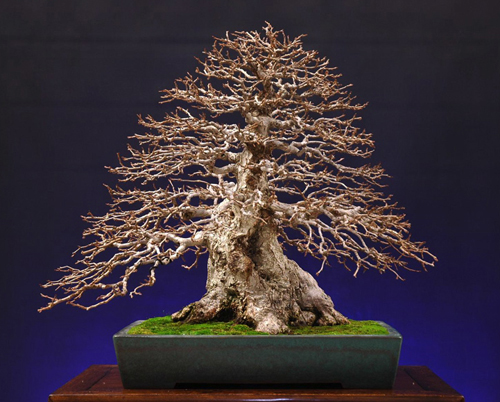
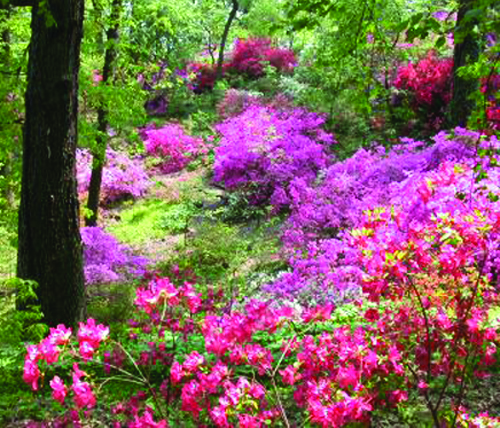


 Forest on a slab from
Forest on a slab from 